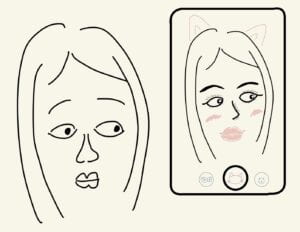The fluidity indicates the fact of the innovation of new media and digital technology can vary from a very big range. The fluidity highlights the fact that we can make one image combine with another with no conflicts so that nobody can recognize it without technical help. Compared with, traditional paintings only reflect on the object itself while the new form of media can be changed/beautified. As Ritchin mentioned in the article that: “this new medium may turn out to be as distinct from its predecessor as photography was from painting, or even as the automobile was from the horse-drawn carriage.” It is obvious that when cars first being invented, people could never think of them as we do nowadays. Cars can then evolute to be subways and high-speed trains. But back then people only called it horse-drawn without a horse. Similarly, the fluidity of the digital can not be evaluated without understanding the power of the new medium.

I think photography can reflect reality to a certain extent, but objectively speaking, the degree of realism of photography can change arbitrarily from 0-100, because it is possible that none of the works are real and all rely on the post and photoshop transformation, or they can be completely real, such as when you hold up your phone and take a real scene. But from a photographic point of view, it is impossible to measure. But in comparison, I think we can sort the authenticity of media as follows. text<book<VR<photography<video. because text and books are actually similar in connotation, they are things that can be constructed directly by people putting pen or typing, compared to VR in that it is more realistic because of the use of visualization technology, and most VR works are created based on reality. The difference between photography and video, on the other hand, is that video is the result of combining multiple photos, which means that to some extent there is more detail than the photo itself, thus reflecting a process.

